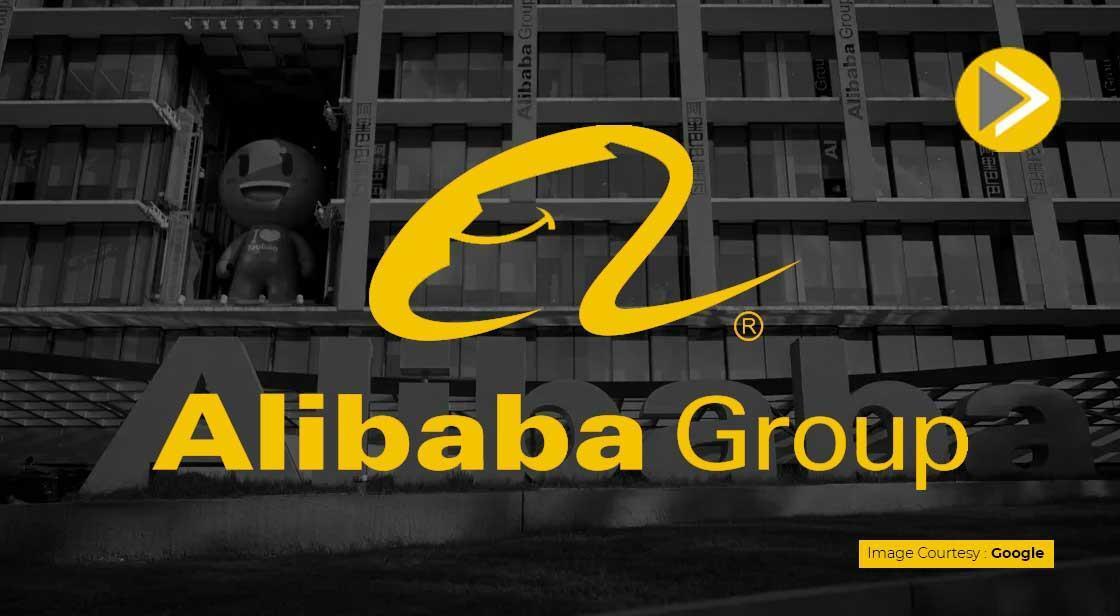Alibaba Introduces Qwen-VLo to Compete with ChatGPT-4o in AI Image Generation

News Synopsis
Chinese tech giant Alibaba has unveiled its advanced AI image generation model, named Qwen-VLo, aimed at challenging the capabilities of OpenAI's ChatGPT-4o. The model was announced through a detailed blog post and is designed to offer improved image creation and manipulation, especially in handling complex user prompts.
Enhanced Understanding of Complex Instructions
According to the company, "Qwen-VLo can understand user instructions more accurately and generate high-quality images based on that understanding."
It surpasses its predecessor Qwen-VL by delivering better precision in image outputs and handling multi-layered user inputs, a known limitation in earlier models.
Key Features of Qwen-VLo
Context-Aware Image Editing
The standout improvement in Qwen-VLo lies in its ability to edit specific parts of an image without altering unrelated areas — a common problem in previous iterations.
“It can make specific changes to images — like changing colours or backgrounds — without altering unrelated parts of the image.”
This allows users to request detailed customizations without compromising the overall visual integrity.
Creative Flexibility and Style Understanding
The model has been fine-tuned to grasp contextual nuances behind visual prompts.
“If a user asks for an image to resemble a certain weather condition or be drawn in a particular art style, the model can respond accordingly.”
It can even generate visuals that represent specific historical periods, enhancing its application in creative, marketing, and educational domains.
Multilingual Capabilities for Global Reach
Qwen-VLo also expands its usability by supporting multiple languages besides Chinese and English.
“The model also supports multiple languages apart from Chinese and English.”
While the full language list remains undisclosed, this step aligns with Alibaba’s strategy to cater to a global user base.
Multi-Image Processing in Progress
Another innovative capability in development is the multi-image integration feature. Users will soon be able to combine elements from different images into one cohesive output.
“Users can upload different objects or elements and ask the model to combine them... This feature, however, is still in development and hasn’t been made fully available yet.”
This opens the door to complex image composition — useful in e-commerce, advertising, and design.
Advanced Image Resizing and Generation Flow
Qwen-VLo enables users to resize generated images into various aspect ratios like square, portrait, and widescreen, using dynamic resolution training.
“The images are created step-by-step from top to bottom and left to right, which helps with better control and accuracy during generation.”
This structured generation method improves clarity and spatial balance in the final image.
Still in Early Stage, But Improvements Ongoing
Alibaba has acknowledged that Qwen-VLo is still in its early stage, and users may face occasional inconsistencies.
“Users might experience some issues like inconsistency or results that don’t fully match the instructions.”
The company also revealed ongoing research in image segmentation and object detection to refine how the model interprets scenes.
The Vision Ahead
Looking forward, Alibaba believes models like Qwen-VLo have the potential to evolve into tools that don’t just generate images but can also convey emotions and abstract ideas visually.
“AI models like Qwen-VLo could be capable of not just generating beautiful images, but also expressing ideas and emotions through visuals.”
Conclusion
Alibaba’s launch of Qwen-VLo marks a significant step forward in the evolving landscape of AI-powered image generation. Designed to rival industry leaders like ChatGPT-4o, Qwen-VLo combines powerful visual capabilities with contextual understanding and multilingual support.
Its ability to process complex prompts, perform precise edits, and even merge multiple images shows clear promise for use in creative industries, advertising, design, and e-commerce.
The added feature of dynamic resolution resizing enhances control and usability, giving users more flexibility. While the model is still in its early stage, Alibaba’s continued focus on improving accuracy, segmentation, and detection reflects its commitment to innovation.
The inclusion of global language support and emotional expressiveness in image generation could be game-changing. As AI becomes more integrated into visual storytelling and content creation, Qwen-VLo has the potential to reshape how we generate, personalize, and interact with images—offering not just visuals, but meaningful visual experiences driven by artificial intelligence.
You May Like









